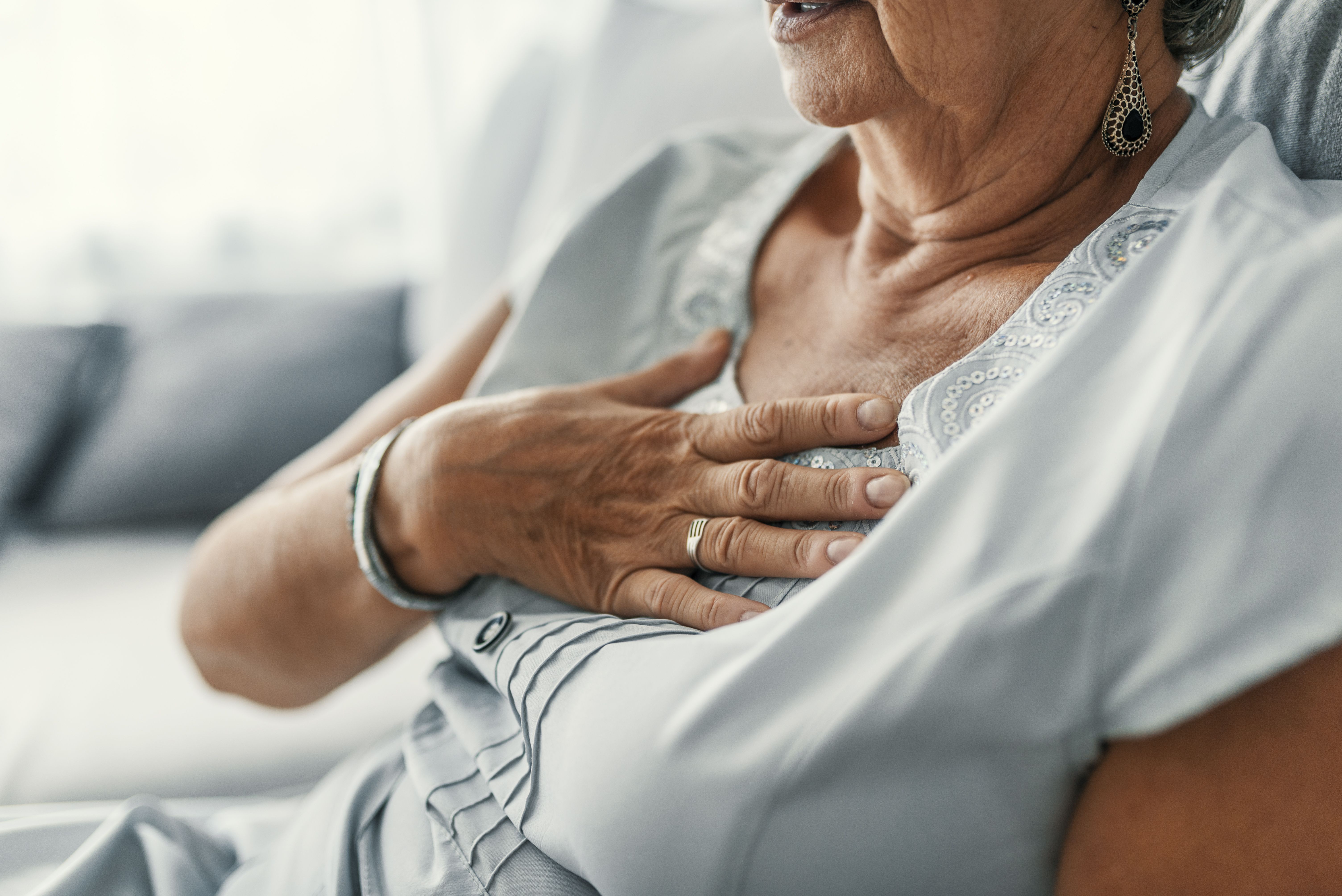Increase in Abdominal Fat Linked to Greater Heart Disease Risk in Menopause
“We need to shift gears on how we think about heart disease risk in women, particularly as they approach and go through menopause,” said senior author. (Image: ©Dragana Gordic/stock.adobe.com)

Women who experience an accelerated increase of abdominal fat during menopause are at greater risk of heart disease, even if their weight stays the same, according to a new study published March 1, 2021 in the journal Menopause.
Led by researchers from the University of Pittsburgh Graduate School of Public Health, the study suggests that measuring waist circumference during preventive healthcare visits for midlife women could be an important early indicator of cardiovascular disease (CVD) risk beyond the commonly used body mass index (BMI).
“We need to shift gears on how we think about heart disease risk in women, particularly as they approach and go through menopause,” said senior author Samar El Khoudary, PhD, MPH, associate professor of epidemiology, University of Pittsburgh Graduate School of Public Health, in a university press release. “Our research is increasingly showing that it isn’t so important how much fat a woman is carrying, which doctors typically measure using weight and BMI, as it is where she is carrying that fat.”
El Khoudary and colleagues examined data on 362 women (mean age, 51 years) with no CVD from Pittsburgh and Chicago who participated in the Study of Women’s Health Across the Nation (SWAN) Heart study.
The SWAN Heart study was ancillary to the SWAN study, which is a unique ongoing cohort study that began in 1994 to examine the physical, biological, psychological, and social changes among midlife women.
In the current study, researchers measured participants’ visceral adipose tissue (VAT) by CT scan and the thickness of the internal carotid artery lining in their neck via ultrasound, at a few points during the study period.
Researchers found that for every 20% increase in abdominal fat, the thickness of the carotid artery lining increased by 2% independent of overall weight, BMI, and other traditional risk factors for CVD.
Also, beginning 2 years before participants experienced their final menstrual period (FMP) up until they had their FMP, VAT increased by 8.2% per year (95% confidence interval [CI]: 4.1%-12.5%). After participants had their FMP, VAT increased by 5.8% per year (95% CI: 3.7%-7.9%).
Measuring abdominal fat by CT scan, however, is expensive, inconvenient, and could unnecessarily expose women to radiation. For this reason, El Khoudary recommends physicians regularly measure and track waist circumference as a stand-in for weight and BMI monitoring.
Weight and BMI alone could miss abdominal fat growth because while 2 women of the same age might have the same BMI, fat could distribute differently in their body, explained El Khoudary in the press release.
“Historically, there’s been a disproportionate emphasis on BMI and cardiovascular disease,” said El Khoudary in the press release. “Through this long-running study, we’ve found a clear link between growth in abdominal fat and risk of cardiovascular disease that can be tracked with a measuring tape but could be missed by calculating BMI. If you can identify women at risk, you can help them modify their lifestyle and diet early to hopefully lower that risk.”
El Khoudary also noted in the press release that more research is needed to determine if certain diet, exercise, or lifestyle interventions are more effective than others, and whether there is a clear cut-off point for when abdominal fat gain becomes concerning for CVD risk.